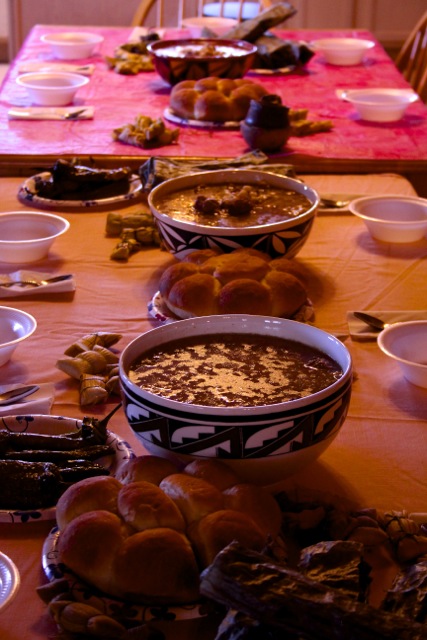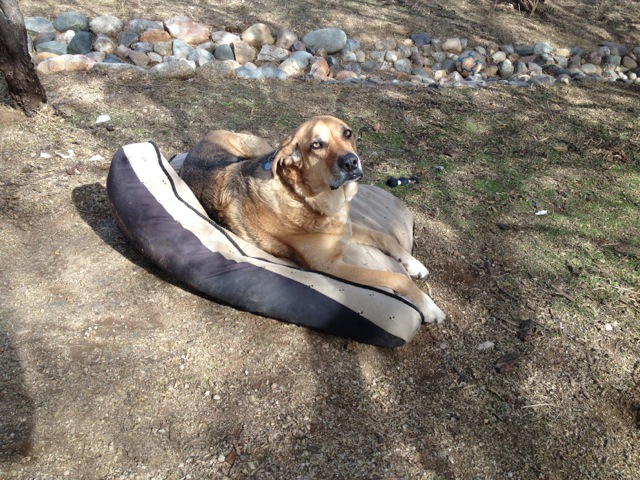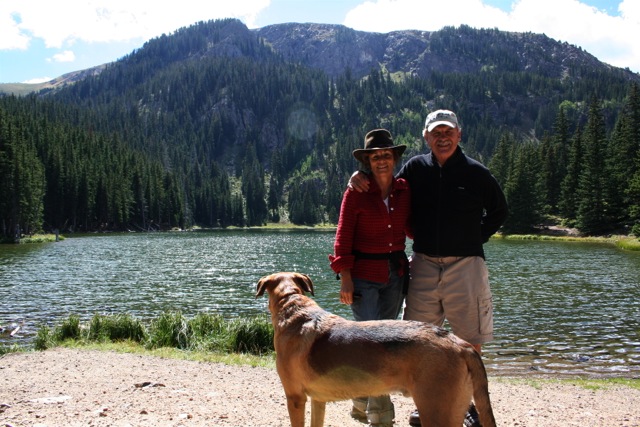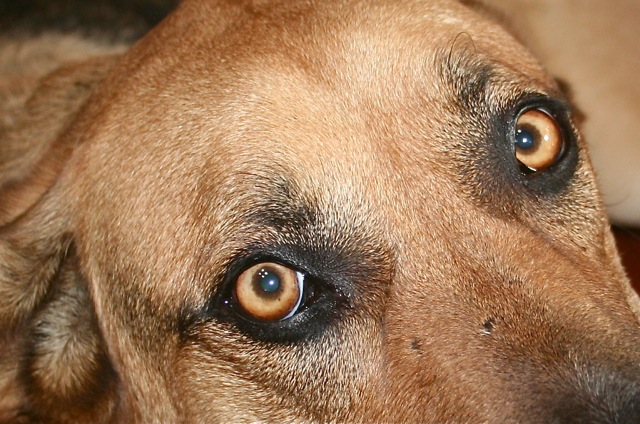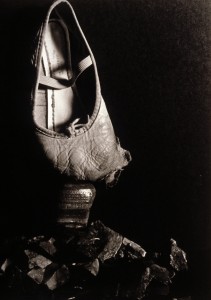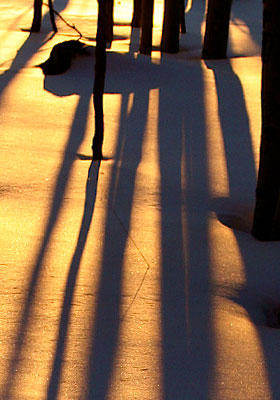I’ve decided to renew my relationship with my art, and so I’m sharing this first piece in a new series called Messages from the Mother.
At various times I become aware that my photographs are pretty, but don’t speak to the whole of my awareness–especially in areas that don’t look as pretty! This has happened lately with my aerial photos. I love flying over the earth and always celebrate the beauty that is revealed from above, especially in areas otherwise inaccessible. It feels like such a privilege to be able to fly over uninhabited land, and to study Mother Earth’s contours and colors and patterns.
And…there is more to discuss.
We are all painfully aware of the mess we have found ourselves in regarding our relationship with the Mother. I heard the other day that some experts are saying we have already crossed that tipping point where we could have reversed the damage. Certain species, phenomena and levels of comfort may already be out of our reach. And we have no one else to blame.
And so lately when I fly with my husband over the body of the Mother, I wonder what messages she is sending. What do my own pretty photos of her suggest to me? If she were to speak, what would she say?
Wondering this, I wandered to the desk where I occasionally do art, and opened the drawer. There was a postcard I bought in Hawaii, with a picture of Pele. She is a force in the islands, particularly on the Big Island, where she resides in volcanic splendor, occasionally erupting in seeming fury, destroying everything within her reach.
Amazed at the serendipity, I took the postcard over to my framed photo of the Painted Desert in Arizona. The colors matched perfectly, and so did streaks of light on the postcard and the photo. Meant to be, I figured. I unframed the photo and began my new series.
The large white piece of paper with the black curved form is a scan I saved from my breast cancer treatment. Pele might be saying she needs treatment from the cancer she is suffering from–due to our incessant, unstoppable consumption of her resources.
The two orange circles are photographic records of the emissions of stars. Pele might be reminding me that we are part of a large system–a universe that is interdependent, and still largely mysterious to us. When we remember this, our hubris softens.
The graphs below the star images are records of temperatures in different areas of our country. We know weather is wild now, and we know as the climate changes, so must we.
Below Pele’s face are a weather map from the newspaper, a New York Times photo of the California drought and a report of storms that soaked the plains in a surprise flooding spring rain. “What do you expect?” I hear Pele wondering.
Now, with the re-framed piece on my wall, the beauty of the Painted Desert is more poignant, more bittersweet. Pele is reminding me to change my ways. To learn to live with less water, less possessions, less meat, less waste, less entitlement.
How do I feel about her messages? Of course they are sobering, but they are not new information. So I am grateful that she is working her way into me, into my heart, my thoughts, my body and my actions. I am only one person, but so are you. And how we respond to this gorgeous earth and her needs will determine everything about our future.


